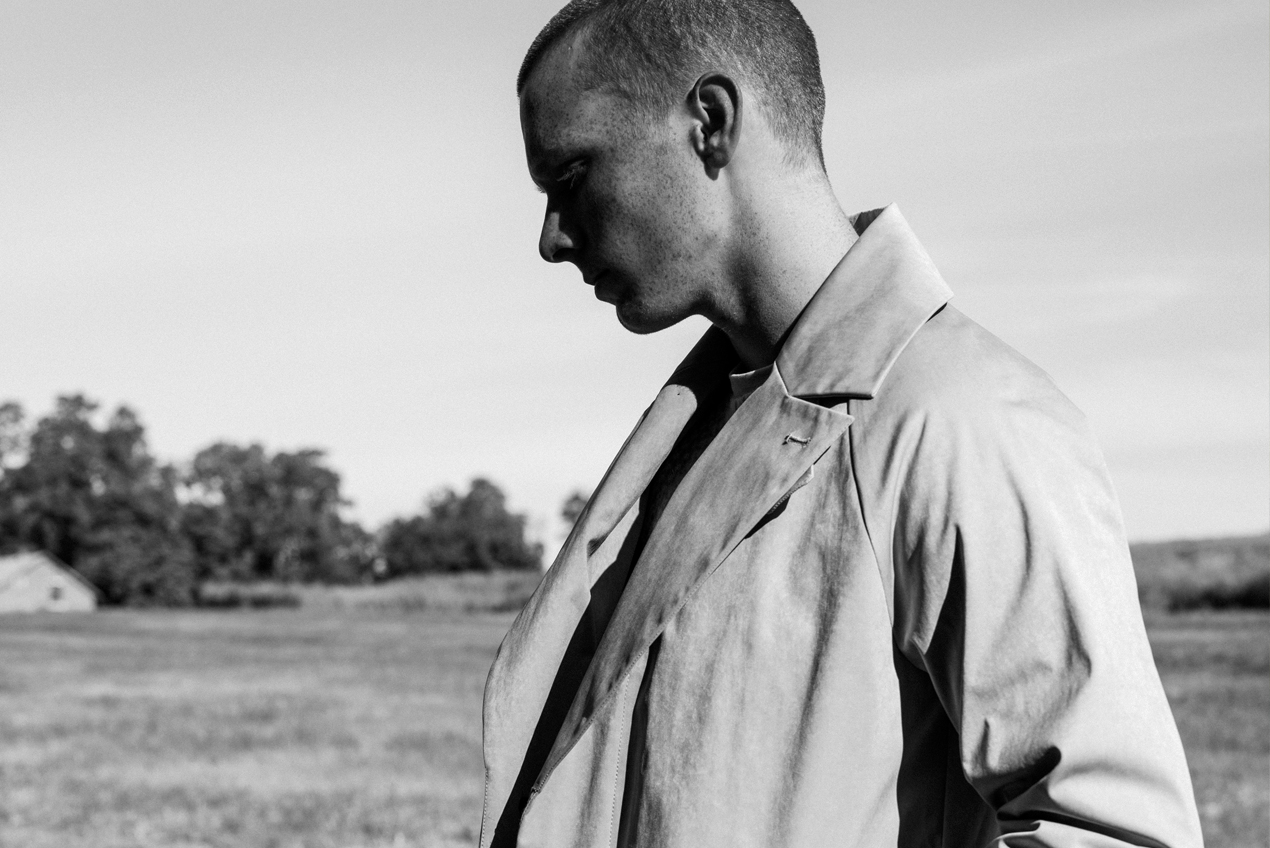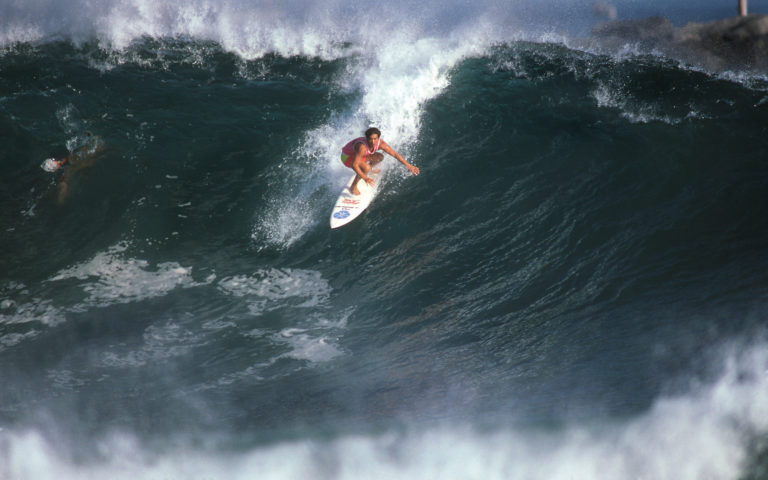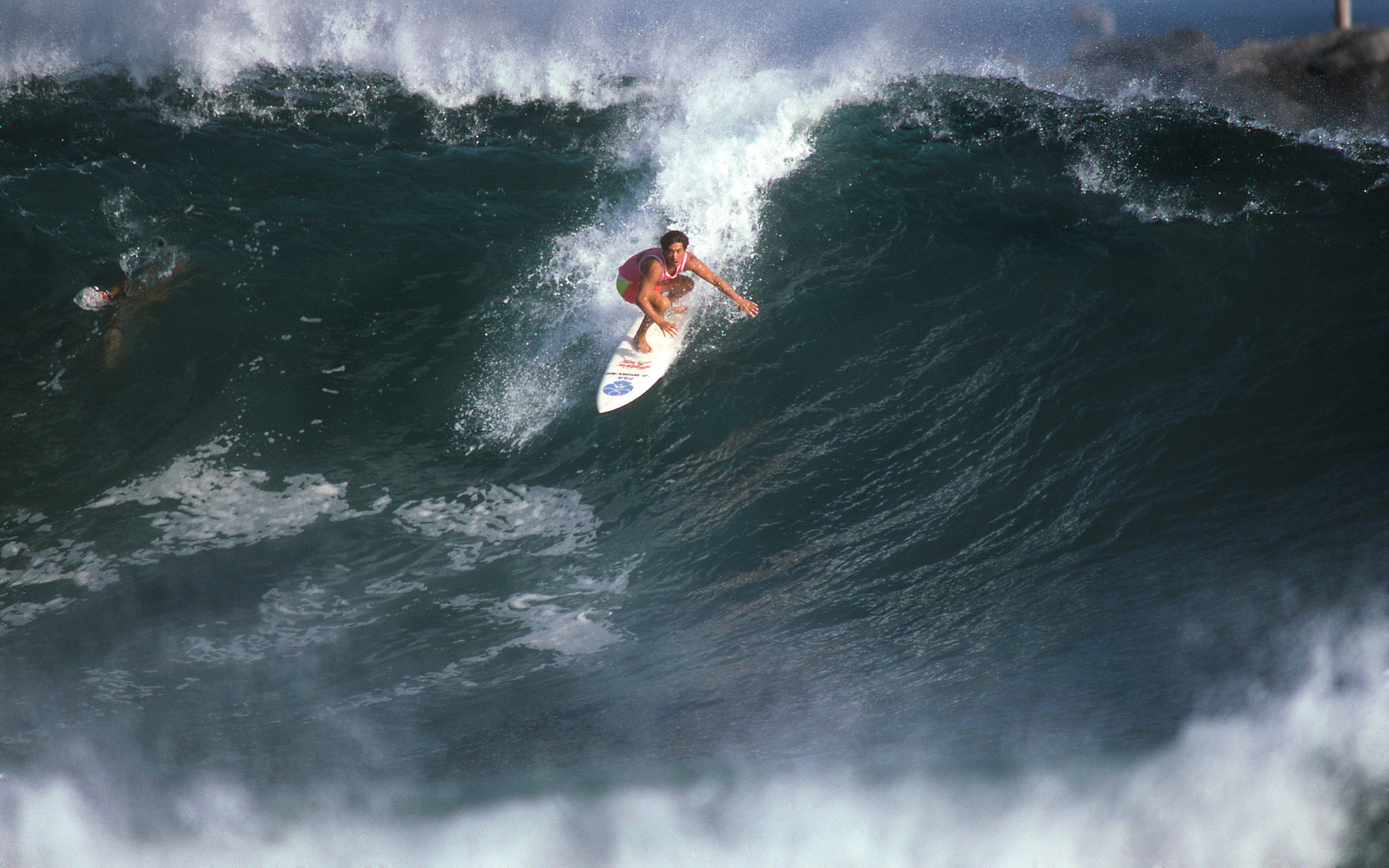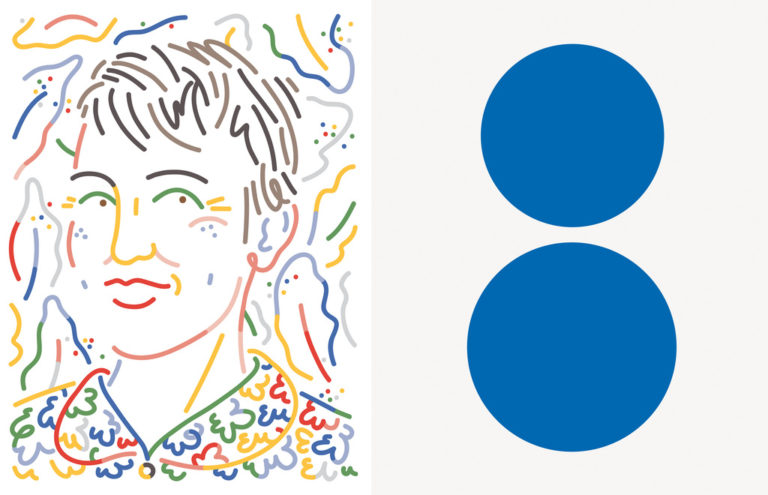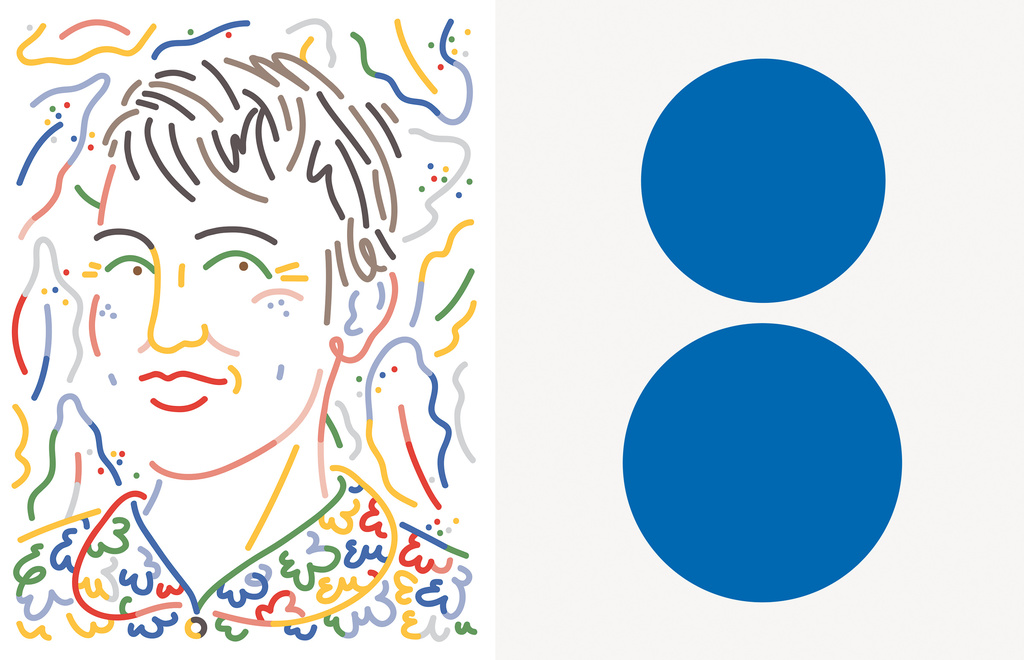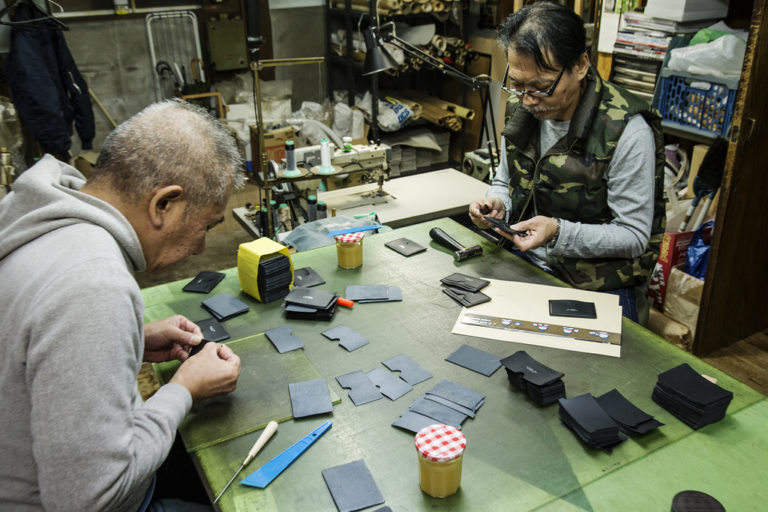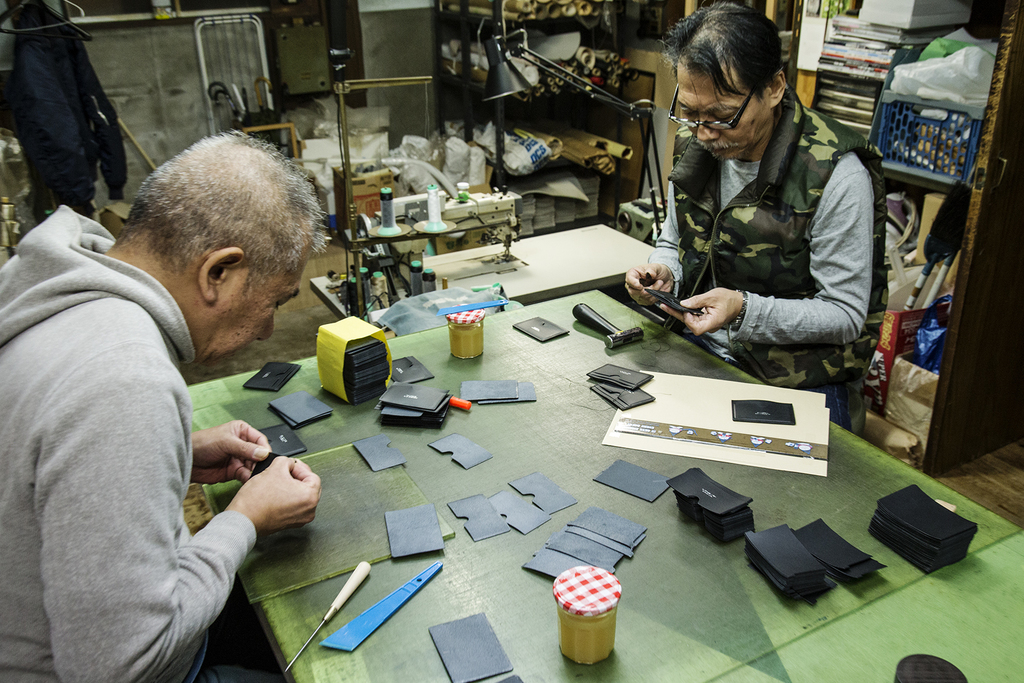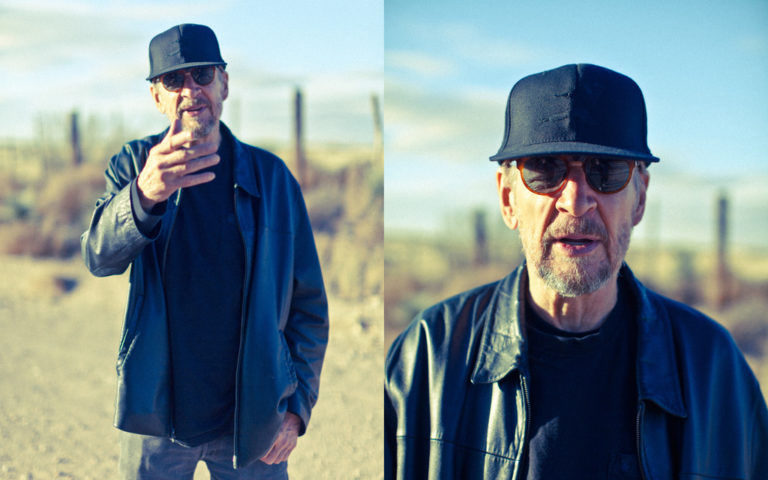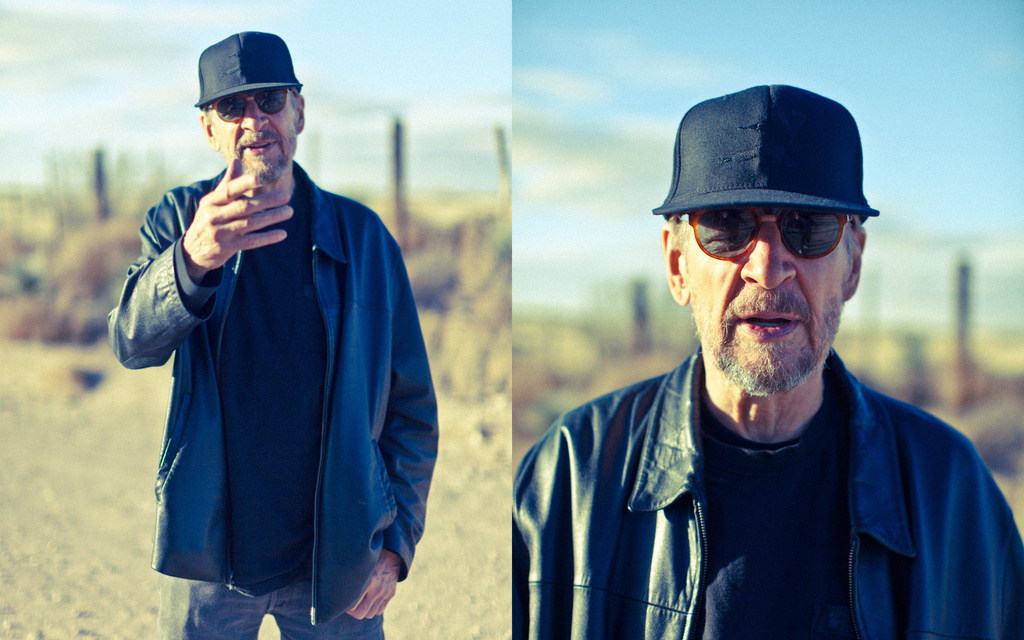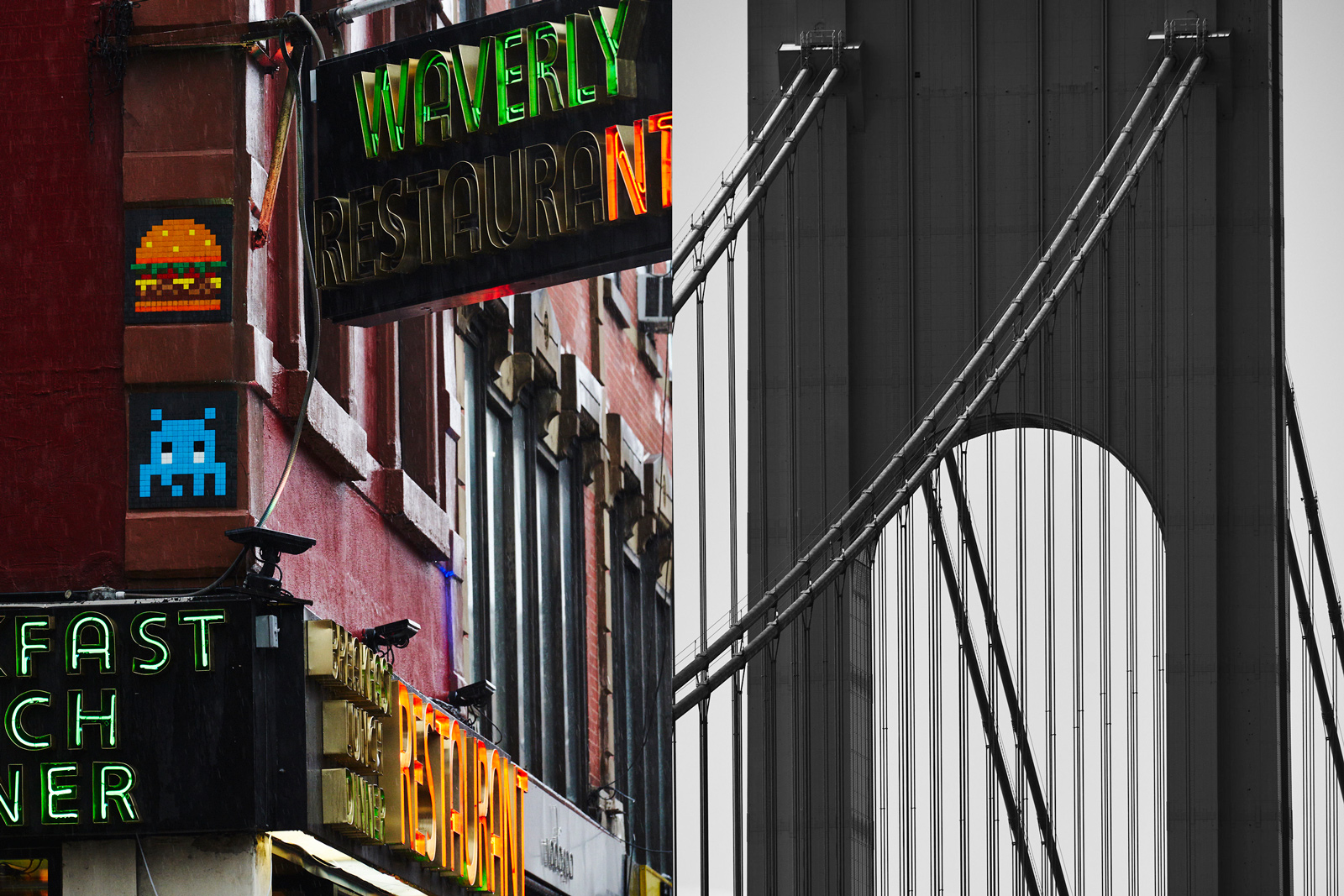Military styles have always dominated the world of outerwear, and the trench coat is no exception. Developed in 1879 by Thomas Burberry, the coat’s initial design was made from a gabardine fabric that was both lightweight, water-repellent, and breathable—unlike its rubberized and waxed predecessors. It featured a double-breasted design, epaulets, a storm-flap collar, and a D-ring belt.
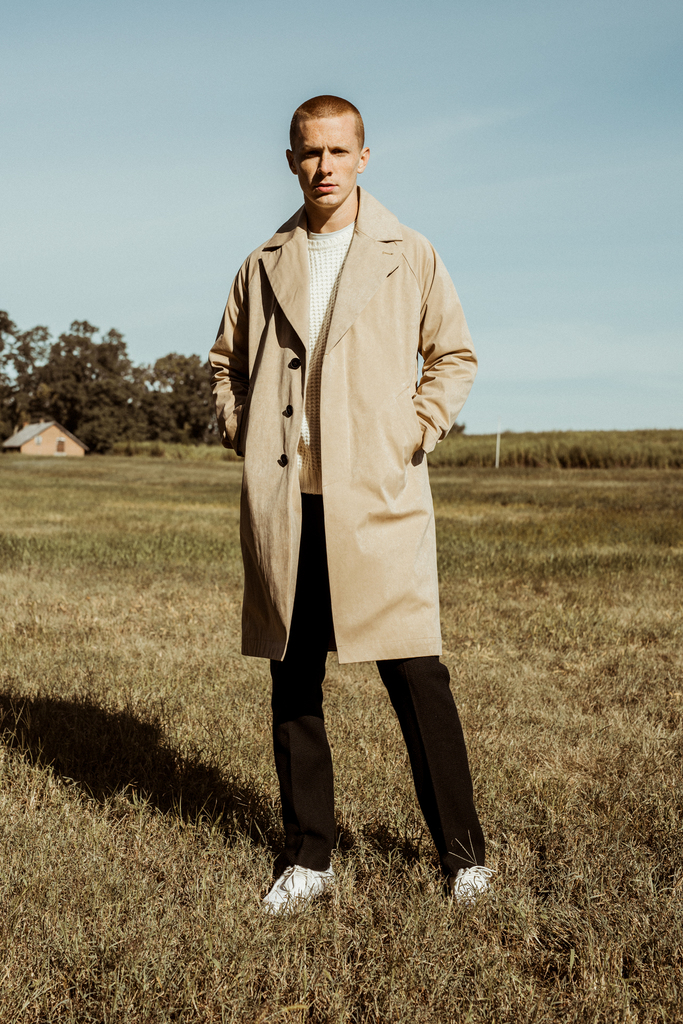
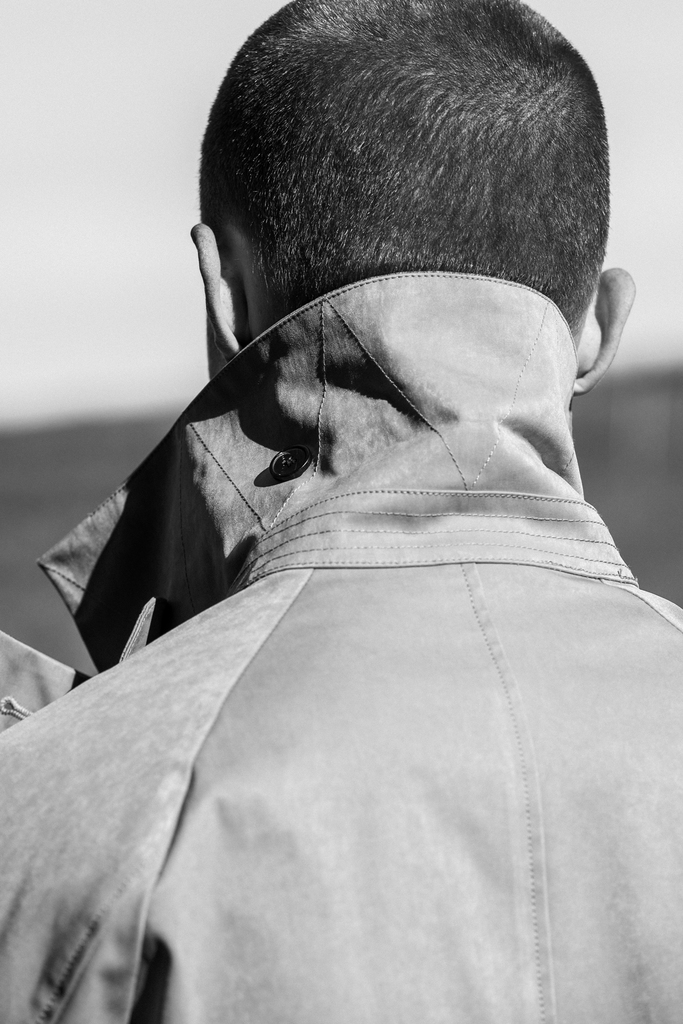
Decades later, when the first World War broke out, British leaders took notice of the coat and commissioned Burberry to produce them at mass scale for soldiers fighting from the depths of muddy trenches—hence the coat’s name. The coat’s lightness provided soldiers with mobility and flexibility while the water-resistant fabric kept them dry.
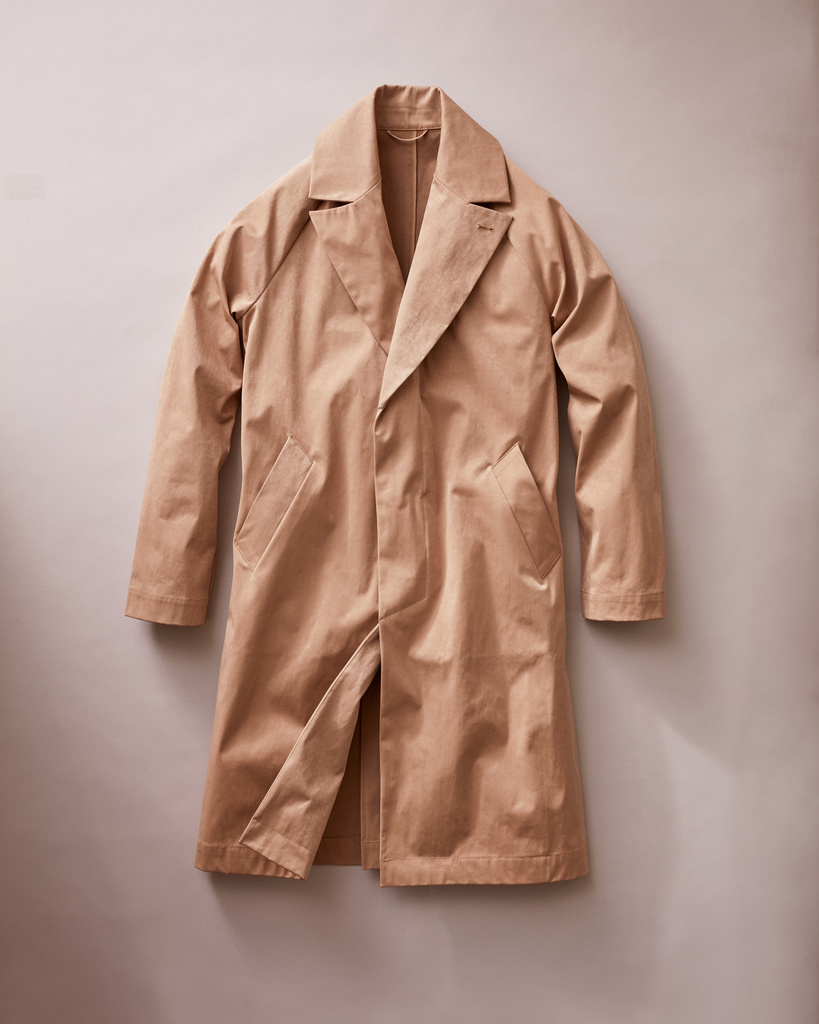
It’s this utilitarian nature that makes the trench coat one of our favorite modern outwear pieces. For Fall ‘17, we decided to take our favorite elements of the original trench and reinterpret them for a more contemporary aesthetic. In keeping with the spirit of the original gabardine trench, we decided to use a weather-ready microfiber-knit fabric sourced from Japan.

The Clyde’s microfiber-knit fabric develops
a distinct patina over time.
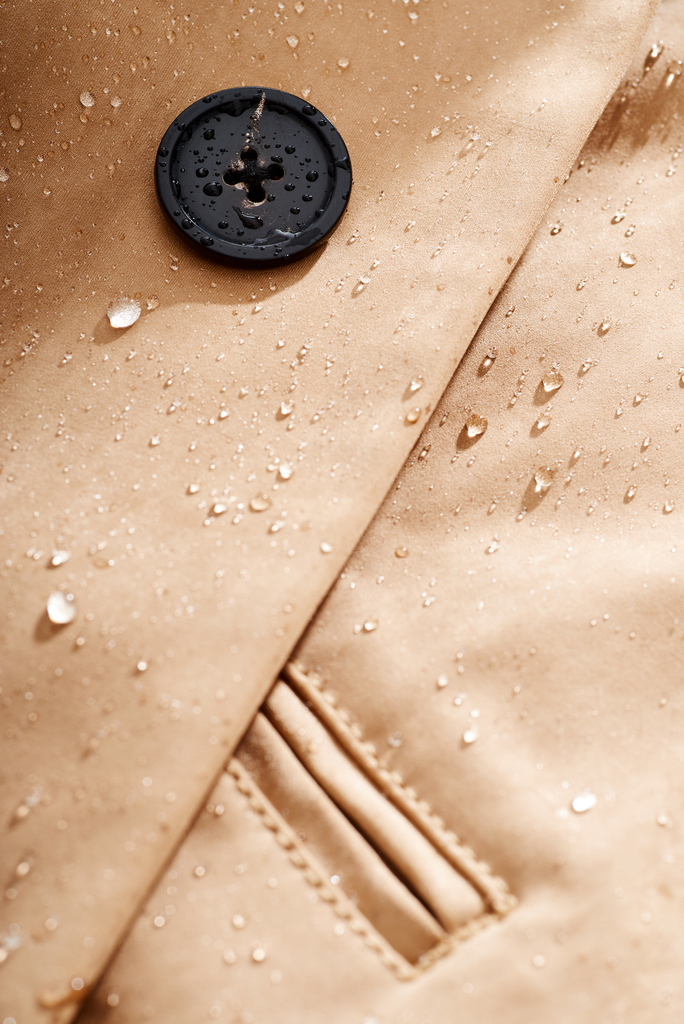
A high-pressure bonding process provides the
Clyde with water-resistance.
Milled at the Komatsu Seiren factory in the Ishikawa Prefecture, the fabric is created through a unique bonding method that compresses polyester-nylon microfiber into a suede-like fabric. Through use, the fabric will conform to the shape of its wearer and develop a unique patina, constantly evolving its appearance through wear and tear—much like a beloved pair of raw denim jeans. This high-pressure process also provides the fabric with water-resistance and a rigid structure that softens over time.

The Komatsu Seiren Textile Mill and Lab where the Clyde’s
fabric is developed. Photo: Takumi Ota
Aside from its distinctive fabrication, the Fall ‘17 Clyde Trench has been modified with several design tweaks that significantly simplify it from its 1879 ancestor. Though it retains a storm flap collar and oversized lapels, the Clyde drops the D-ring belt and slims down to a single-breasted front for a sleeker appearance. It’s a garment inspired by the past, designed for the present, and constructed in a fabric meant for wearing years into the future.■
